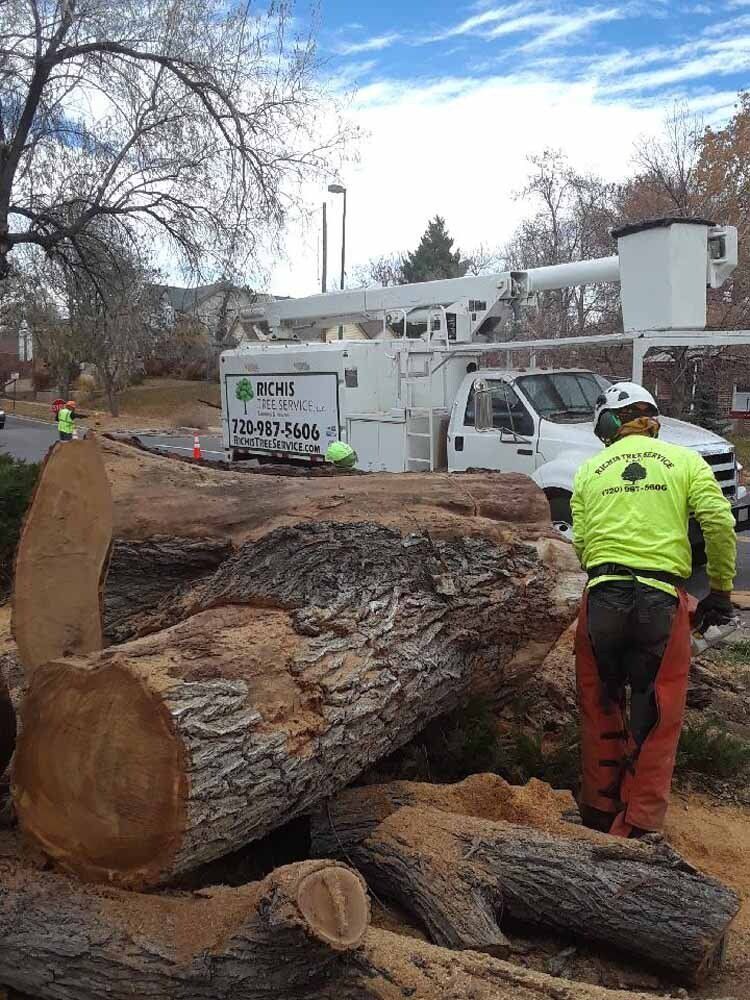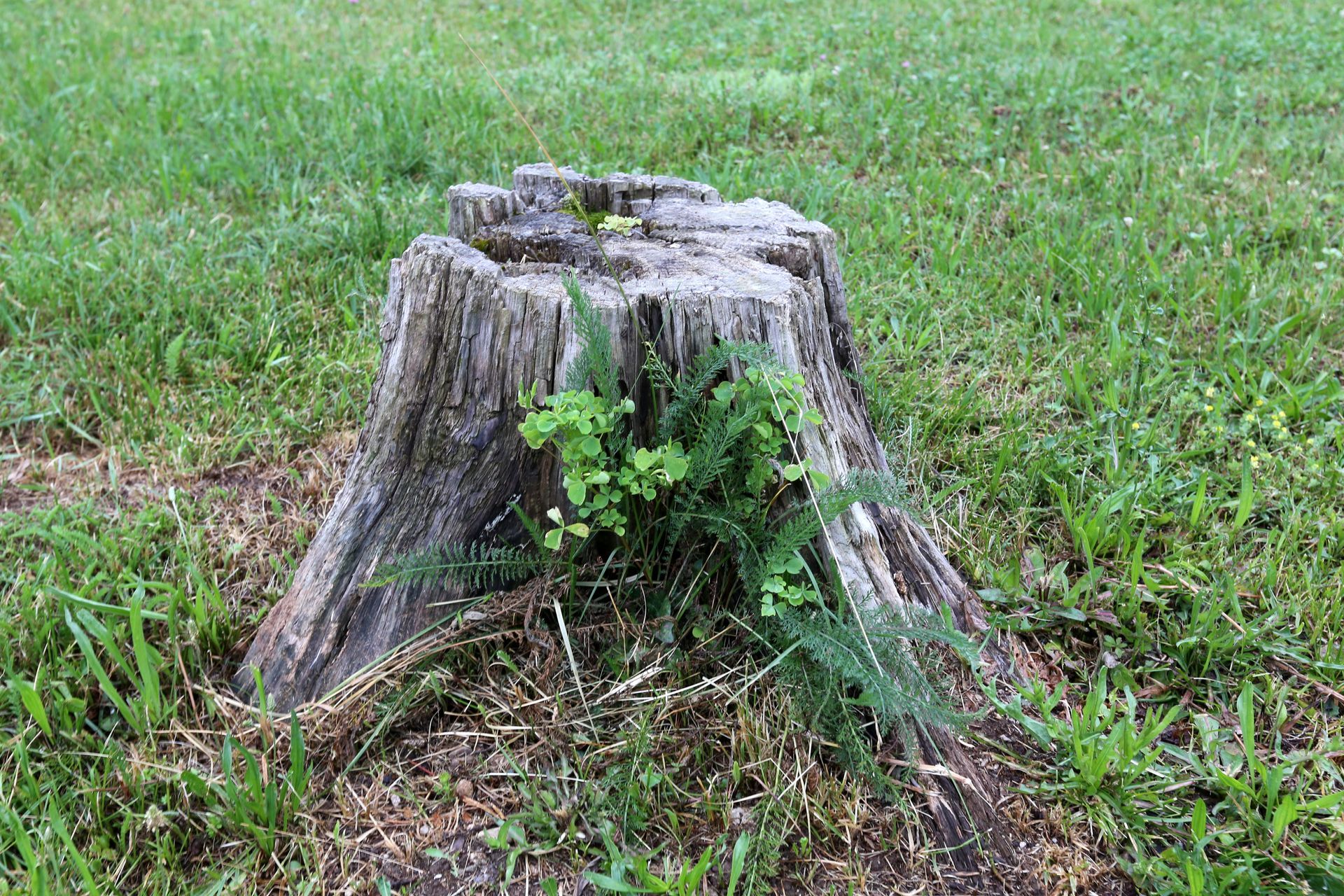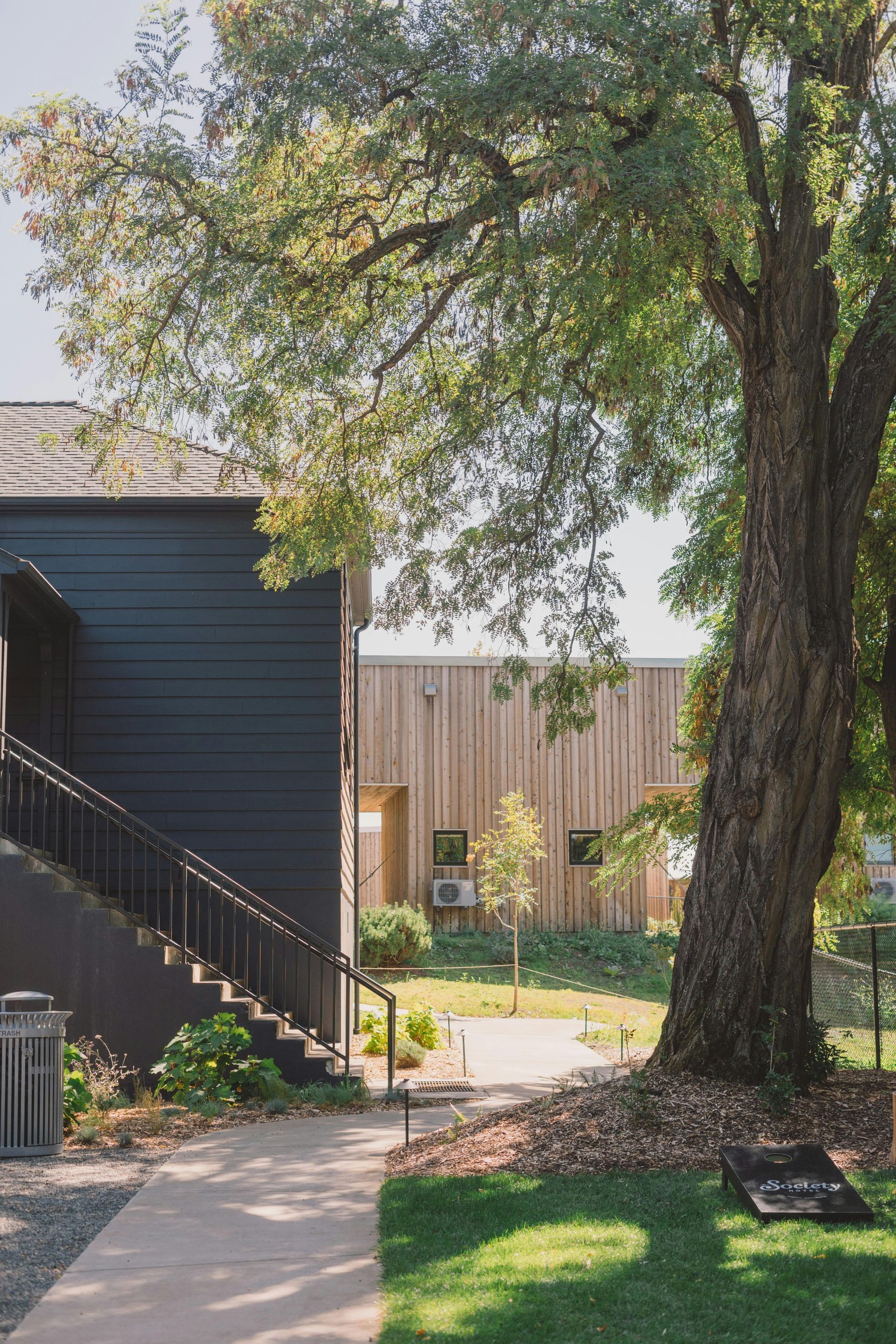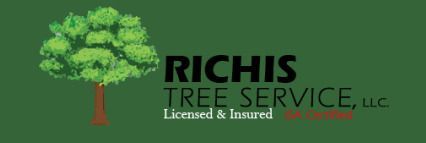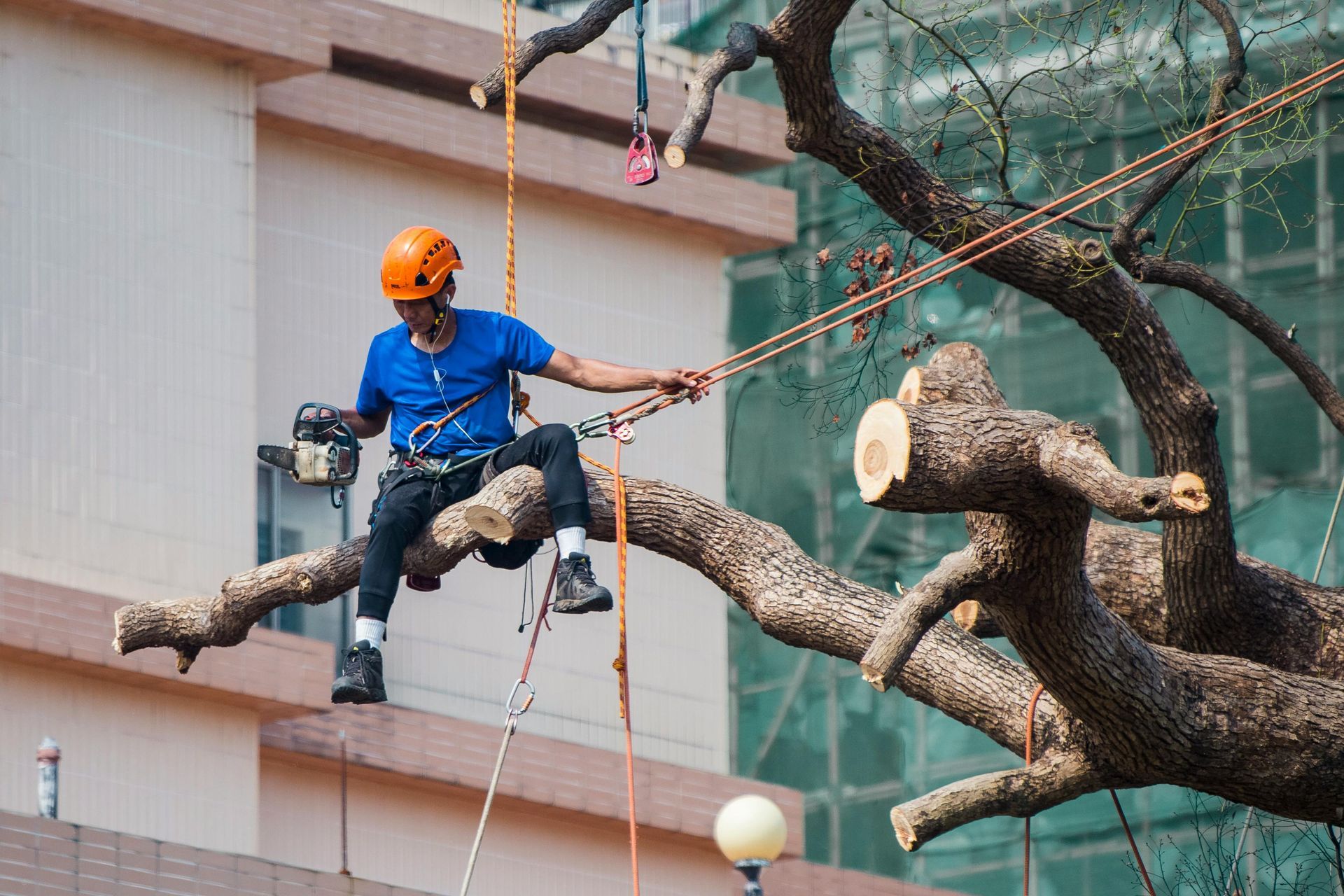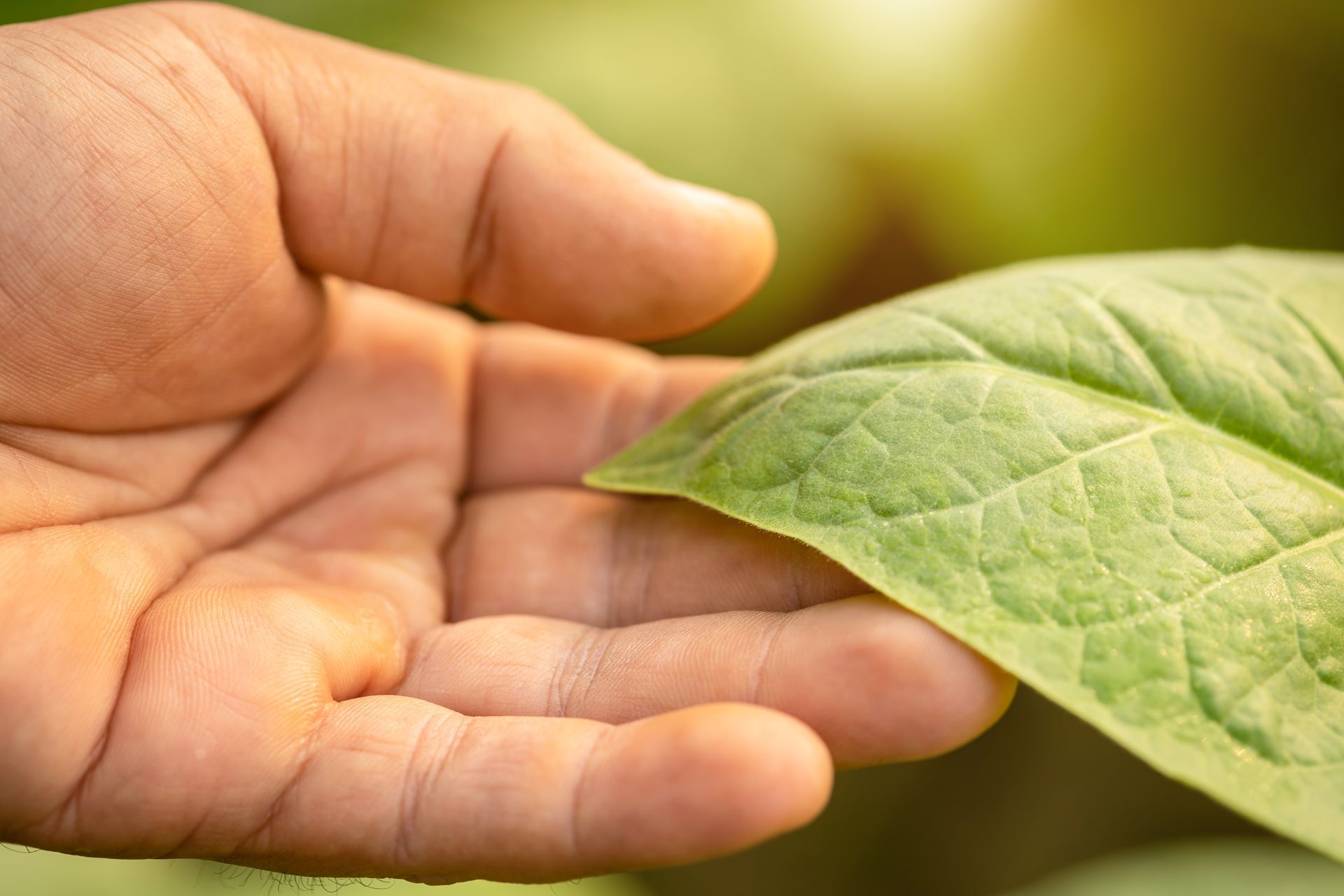Richis Tree Service, LLC
Mastering Tree Care: How to Tackle Common Tree Problems with Expert Trimming
Trees are not only a centerpiece of natural beauty in our landscapes but also serve vital roles in our environment, from providing shade to supporting local wildlife. However, to ensure that trees continue to thrive and contribute positively, regular maintenance is key. One of the most effective methods of tree care is through strategic trimming. At Richis Tree Service, we have the expertise to help you maintain the health and beauty of your trees. This blog post will explore how trimming can resolve common tree problems, the signs that indicate your trees need attention, and when it’s best to enlist the help of a professional.
City skyline
Understanding Tree Trimming
Tree trimming is a specialized process that involves the selective removal of branches and foliage to improve a tree’s health, structure, and visual appeal. It’s an art and science that balances aesthetics with functionality. Proper trimming helps in addressing a variety of common issues, including:
- Diseased or Dead Branches: These can act as a breeding ground for pests and diseases. By removing affected branches, you prevent the spread of these issues to the rest of the tree.
- Overgrown Canopy: An overly dense canopy can block sunlight and air circulation, leading to health issues. Trimming helps manage the tree’s size and shape, allowing for better light and air flow.
- Unbalanced Growth: Some trees grow unevenly or have branches that create a hazardous imbalance. Trimming helps correct these growth patterns and improves the tree’s overall structure.
- Safety Hazards: Low-hanging or unstable branches can pose risks to people, pets, and property. Trimming these branches is crucial to mitigate safety concerns.
Common Tree Problems and How Trimming Helps
- Diseased or Infested Trees
Symptoms: Look for signs such as discolored leaves, unusual growths, or visible pests. These symptoms indicate that the tree may be suffering from a disease or pest infestation.
Solution: By trimming away the infected or infested branches, you can effectively contain and prevent the spread of disease. It’s essential to remove and properly dispose of these branches to minimize the risk of re-infection and further damage to the tree. - Overgrown Trees
Symptoms: Overgrown trees often have crowded branches, reduced light penetration, and poor air circulation. These conditions can lead to stunted growth and increased susceptibility to diseases.
Solution: Regular trimming helps manage the tree’s size and shape. By thinning the canopy, you allow more sunlight and air to reach the inner branches, promoting healthier growth and enhancing the tree’s overall appearance. - Structural Issues
Symptoms: Structural issues can be identified by weak or crossing branches and a leaning trunk. These problems can affect the tree’s stability and health.
Solution: Proper trimming can address structural imbalances by removing problematic branches and encouraging a more balanced growth pattern. This correction helps improve the tree’s stability and reduces the risk of branch failure. - Safety Hazards
Symptoms: Safety hazards include low-hanging branches that obstruct walkways, driveways, or branches that are too close to power lines.
Solution: Trimming is crucial for removing branches that pose safety risks. Ensuring that branches do not interfere with walkways or power lines helps prevent accidents and potential damage to property.
When to Trim Your Trees
- Seasonal Timing: Most trees benefit from trimming during their dormant season, which typically spans late winter to early spring. During this period, trees are less susceptible to diseases and pests, making it an ideal time for trimming. However, specific trees may have unique timing requirements, so it’s important to understand the needs of your particular tree species.
- Tree Species: Different species have varying growth patterns and trimming needs. Some trees may require more frequent attention or specific techniques. Consulting with a professional ensures that you adhere to the optimal trimming schedule for each tree type.
- Tree Health:
Regular inspections by a professional can help determine the best times for trimming based on the tree’s health and condition. Addressing issues promptly can prevent more severe problems down the line.
The Trimming Process: What to Expect
- Inspection and Planning
Assessment: A thorough evaluation of the tree’s health, structure, and any visible issues is the first step. This assessment helps in identifying which branches need attention and the overall approach for trimming.
Plan: Developing a detailed trimming plan involves deciding which branches to remove and the techniques to use. This plan ensures that the trimming process is efficient and effective. - Trimming Techniques
Selective Pruning: This technique involves removing specific branches to enhance the tree’s health and structure. It’s focused on addressing particular issues without compromising the overall shape of the tree.
Thinning: Thinning reduces the density of the canopy, improving light penetration and air circulation. This method helps in promoting healthier growth and reducing the risk of disease.
Crown Reduction: Crown reduction involves reducing the size of the tree’s canopy while maintaining its natural shape. This technique helps in managing the tree’s size and enhancing its appearance. - Clean-Up and Disposal
Debris Removal: After trimming, it’s essential to remove and dispose of all trimmed branches and foliage properly. This step helps prevent the spread of pests and diseases and keeps your landscape tidy.
Keep Your Trees in Top Shape with Professional Care
Trees are valuable assets that enhance the beauty and functionality of your landscape. Regular trimming is crucial for addressing common tree problems and ensuring their health and safety. At
Richis Tree Service, we are dedicated to providing expert tree care, including
tree removal,
stump grinding, and
fertilization, to help your trees thrive. If you notice any issues with your trees or need professional assistance, don’t hesitate to reach out to us at
(720) 987-5606. Let us help you keep your trees healthy and beautiful for years to come!
FAQs
